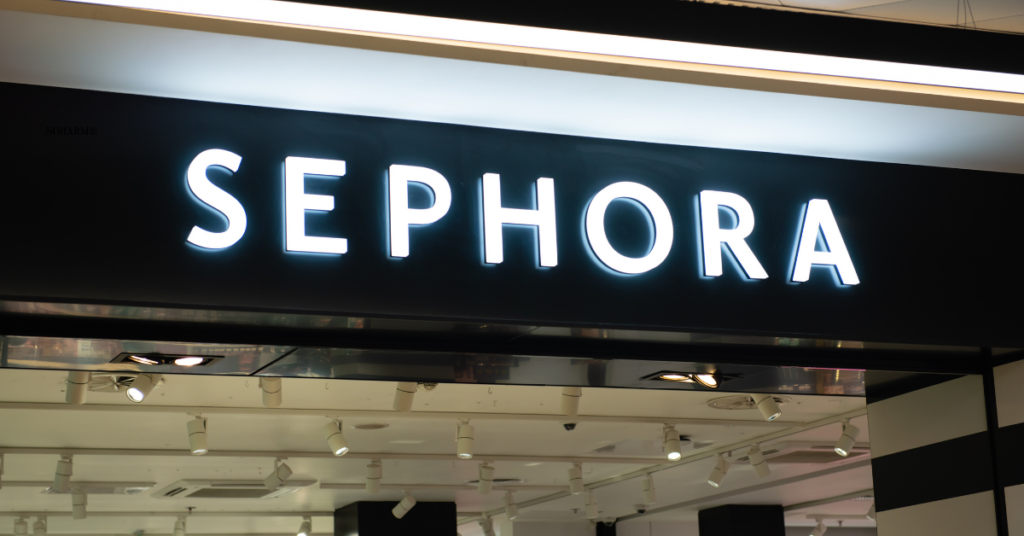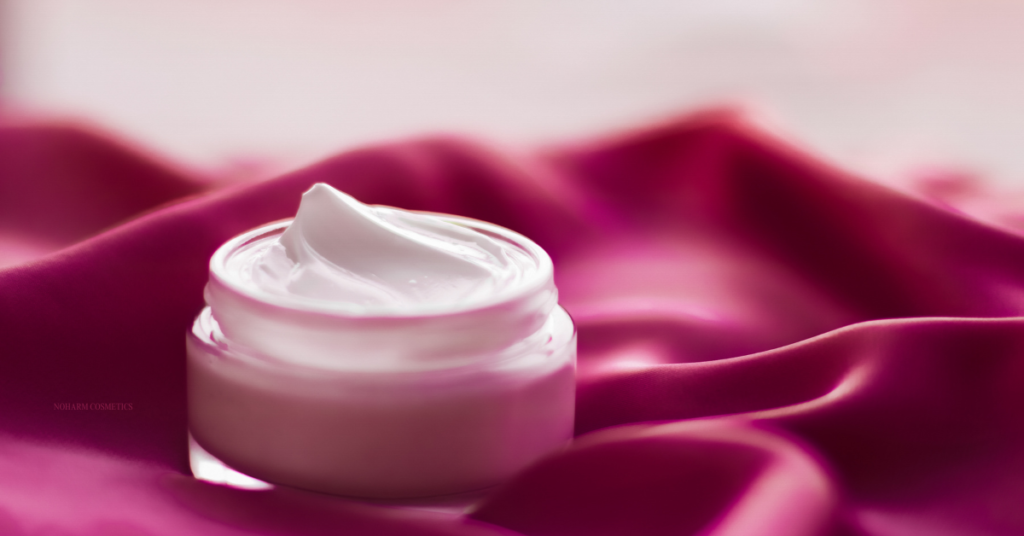A new study by University of New Mexico Health Sciences found “alarmingly high levels of microplastics in human brains at much higher concentrations than other organs,” raising alarms about potential links to neurological conditions.
Microplastics, defined as plastic particles smaller than 5 millimeters (about 0.2 inches), and nanoplastics — which are even smaller (<0.1 μm), have become a growing concern in the beauty industry. Microplastics and nanoplastics can originate from the breakdown of larger plastic items, from direct use in products like exfoliating scrubs, or from packaging.
According to beathemicrobead.org some beauty products contain these tiny plastic particles, which are not only harmful to marine animals and the environment but can also contribute to pollution in our oceans and freshwater systems. Certain brands, such as LUSH, Maybelline, and Sephora, have been identified as having high percentages of products containing plastic ingredients, with LUSH specifically using polyvinylpyrrolidone (PVP) in many of their formulas.
PVP is a water-soluble polymer commonly found in items like mascara, eyeliner, and hair care products such as conditioners and shampoos. While some studies suggest that PVP is not biodegradable, LUSH defends its use, arguing that PVP is not technically a microplastic. According to the brand:
“As they are in liquid form, they are not thought of in the same way as microplastics, and their impact in marine or freshwater environments has not been sufficiently researched yet. The lack of data and conflicting studies around their biodegradability is of great concern to us, and we remain on the lookout for any new information on this or alternative, natural compounds.
Despite these claims, environmental groups have continued to raise concerns, as the long-term effects of PVP on ecosystems remain unclear.
But it’s not just LUSH facing scrutiny. Unilever was named one of the top ten plastic polluters in a 2019 report by Break Free From Plastic. Unilever has since committed to halving its use of non-recycled plastic packaging by 2025, but the scale of its plastic waste is undeniable.
Similarly, Procter & Gamble (P&G) has also been flagged for its significant role in plastic pollution. P&G’s vast range of products and extensive use of plastic packaging make it one of the top global plastic polluters. Environmental groups continue to call for greater responsibility from the company, which has set goals for 2030.
L’Oréal, another beauty giant, has faced similar criticism. According to published statements, L’Oréal continues to focus on reformulating its products to remove microplastics and replace them with more sustainable alternatives, and has set clear goals to reduce plastic packaging pollution.
Beiersdorf, the company behind Nivea, has also been linked to the use of microplastics in its products, but has since eliminated microplastics.
Estée Lauder, as a major player in the global beauty industry, produces a significant amount of plastic waste, although exact figures on their plastic production aren’t typically made publicly available, the company has set a target for 75% of its packaging to be recyclable, refillable, or reusable by 2025.
Collectively, the beauty industry is responsible for a staggering amount of plastic waste. It’s estimated that around 120 billion units of plastic packaging are produced annually by beauty brands, much of which ends up in landfills or pollutes the environment. As consumers and environmental advocates continue to push for change, beauty companies are under increasing pressure to adopt more sustainable alternatives, such as refillable packaging, and eliminate microplastics from their products entirely. With growing awareness and demand for eco-friendly options, the hope is that these industry leaders will prioritize sustainability in their future formulations and packaging.
The Role of Multinationals and Emerging Sustainability in China’s Beauty Industry
Multinational companies like L’Oréal, Estée Lauder, and Procter & Gamble dominate the beauty market in Asia, particularly in China, where the cosmetics industry is expanding. These global giants have a significant impact on the region’s plastic waste problem due to their extensive use of plastic packaging. As these companies cater to an ever-expanding consumer base, they are increasingly focused on using eye-catching plastic packaging to stand out in the competitive market. This strategy has inadvertently contributed to the growing plastic pollution crisis, especially considering the sheer volume of products sold and the disposable nature of much of the packaging.
In China, some domestic cosmetic companies are beginning to explore more sustainable practices. For instance, brands like Perfect Diary express a commitment to sustainability. While still in the early stages, these efforts reflect a growing awareness within the Chinese beauty market about the importance of sustainability. Several years ago, China announced a ban on cosmetic microbeads, which is part of a broader effort to reduce plastic waste and pollution.
How India’s Beauty Industry is Tackling Plastic
A significant factor in the plastic pollution crisis is India’s booming beauty industry, which is one of the largest globally. As highlighted in Down To Earth, India has yet to implement a ban on microbeads, which are commonly found in exfoliators and other personal care products, further exacerbating the issue.
The issue of microplastics and cosmetic plastic pollution has gained attention as more companies take steps toward sustainability. Aveda, with its manufacturing facility in the country, has committed to using 100% recycled plastic in its packaging and promoting eco-friendly alternatives. Similarly, Forest Essentials, a luxury Ayurvedic brand, has embraced sustainable practices by using glass and metal packaging for many of its products, while also encouraging recycling and collaborating with waste management organizations to address packaging disposal. These efforts reflect a growing awareness in India’s beauty industry about the need to reduce plastic waste.
References
Plastic Pollution Coalition. (2022, January 25). The ugly side of beauty: The cosmetics industry’s plastic packaging problem. Plastic Pollution Coalition. Retrieved from https://www.plasticpollutioncoalition.org/blog/2022/1/25/the-ugly-side-of-beauty-the-cosmetics-industrys-plastic-packaging-problem
Cubas, Anelise Leal Vieira et al. “Plastics and Microplastic in the Cosmetic Industry: Aggregating Sustainable Actions Aimed at Alignment and Interaction with UN Sustainable Development Goals.” Polymers vol. 14,21 4576. 28 Oct. 2022, doi:10.3390/polym14214576




